Costus spicatus (Red Button Ginger)
Top Tropicals Plant Encyclopedia
Botanical names: Costus spicatus, Alpinia spicata
Common names: Red Button Ginger, Spiked Spiralflag, French Kiss
Family: Costaceae
Origin: Tropical America








Costus spicatus or Red Button Ginger is a large perennial plant, usually growing 5 to 10 ft tall and wide, native to Tropical America. It is a beautiful ornamental plant that is grown for its spectacular foliage and attractive red, crimson, and vinous flowers. The foliage of Costus spicatus typically matures to a dark green color, and is often attractively variegated. The flowers of this plant typically appear in late spring or early summer, and attract pollinators like butterflies and hummingbirds. The aromatic foliage also serves as a very nice backdrop for the flowers.
This plant is ideal for tropical gardens and is also a great way to add interesting texture to your garden beds. The plant prefers semi-shade, and likes to be watered regularly. The preferred organic-rich soil. Plant thrives in USDA Zone 9-11 and is usually cold-hardy at least to the 30s Fahrenheit range.
Costus spicatus is one of the few species of costus that is edible. The red cone-like inflorescence of this plant, which appears after the flowers, can be harvested and eaten when ripe. The cone is usually around 2 inches long, and has a sweet flavor with a rather unusual texture. It is said to have a range of medicinal benefits, such as antioxidant and anti-inflammatory properties. Its edible parts are also believed to help reduce cholesterol levels and boost the immune system. Each mature plant can produce up to 6 cone-shaped fruits in a single season.
In cold regions, Costus spicatus can be grown in pots, as long as they are brought indoors in winter. In the winter months, care should be taken to ensure that the plants are kept in a cool, but frost-free location. Watering should be reduced in winter but used more generously in summer, when the plant is actively growing. Additionally, during the growing months, it is important to make sure that the foliage is kept clean by regular pruning and removing dead or damaged leaves.
Costus are easily distinguished from other commonly cultivated gingers because the leaves spiral around the main stem like a circular stairway. In fact they are called "spiral gingers".
Similar plants: Costus spicatus (Red Button Ginger)
- Costus afer (Spiral Ginger)
- Costus erythrophyllus (Ox Blood Costus)
- Costus fissiligulatus (African Princess)
- Costus igneus (Insulin Plant)
- Costus lucanusianus (African Spiral Flag)
- Costus malortieanus (Stepladder Ginger)
- Costus productus (Costus)
- Costus sp. (Spiral Ginger)
- Costus sp. ''Variegated'' (Variegated Spiral Ginger)
- Costus speciosus (Crepe Ginger)
Recommended Fertilizer: SUNSHINE Robusta - Rapid Growth Booster
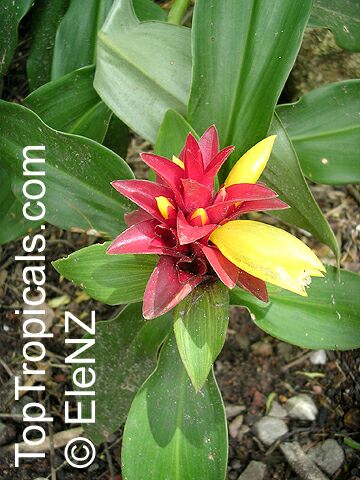

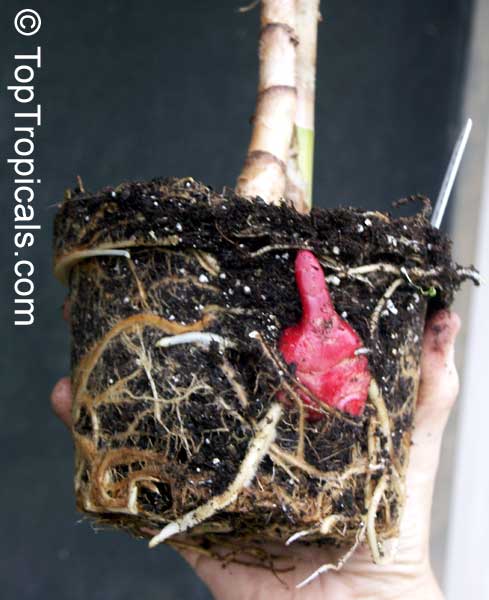
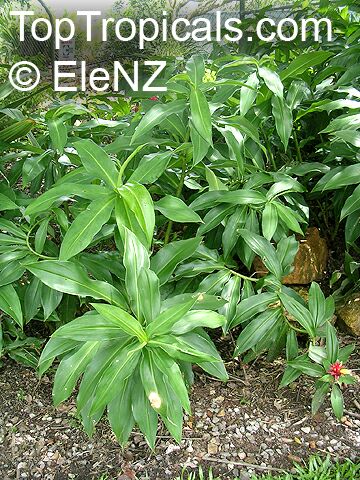

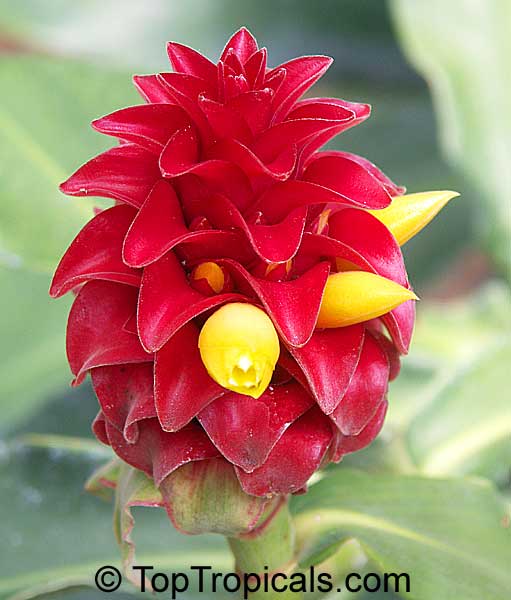
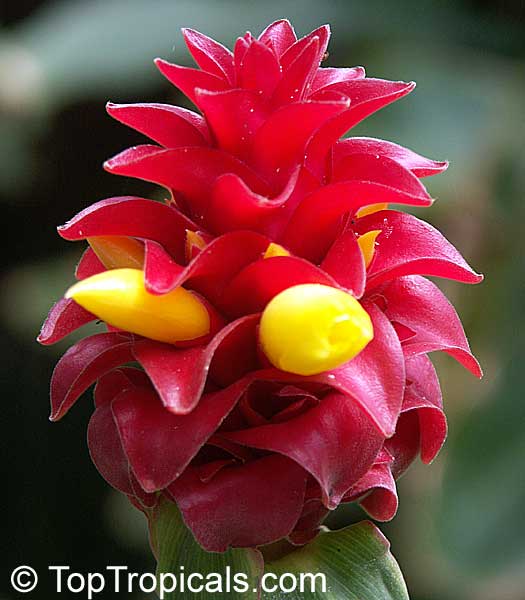
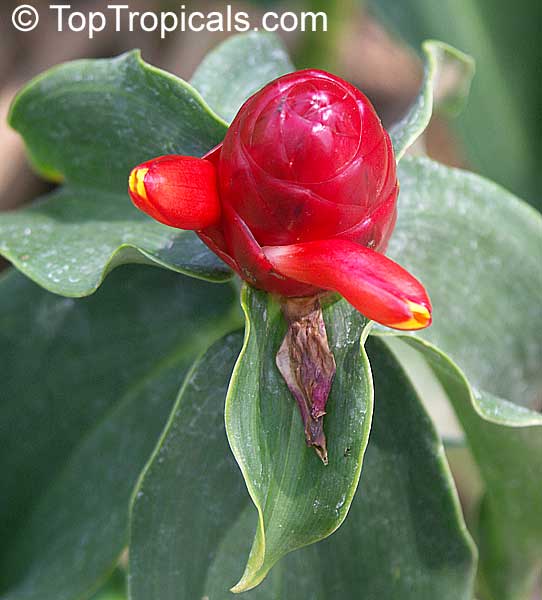
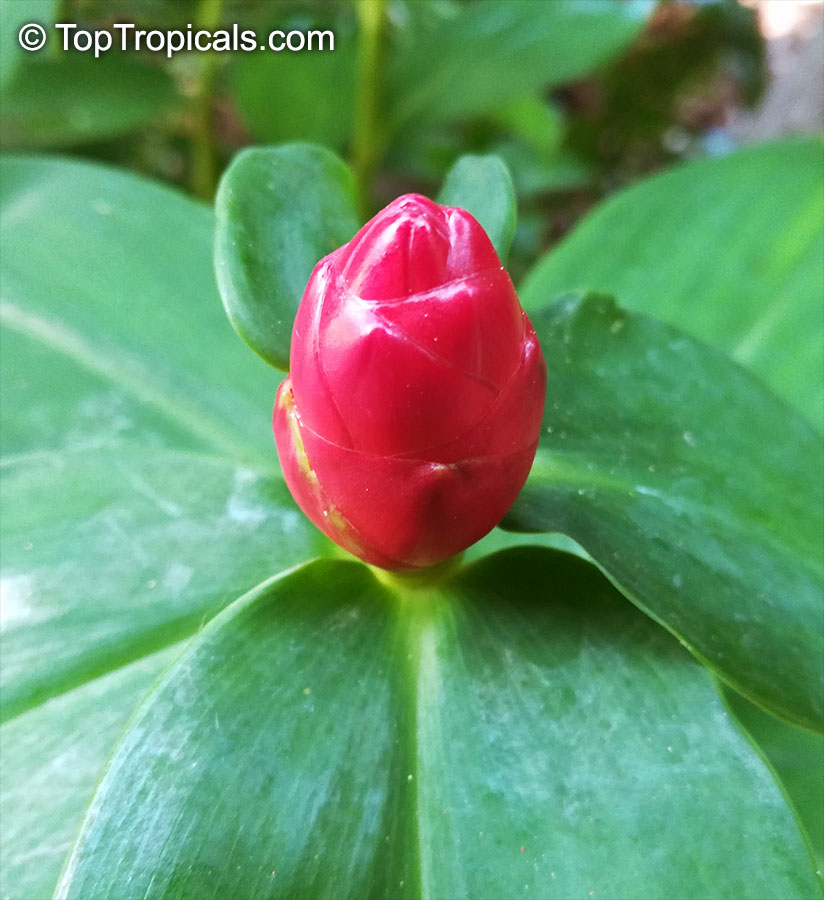
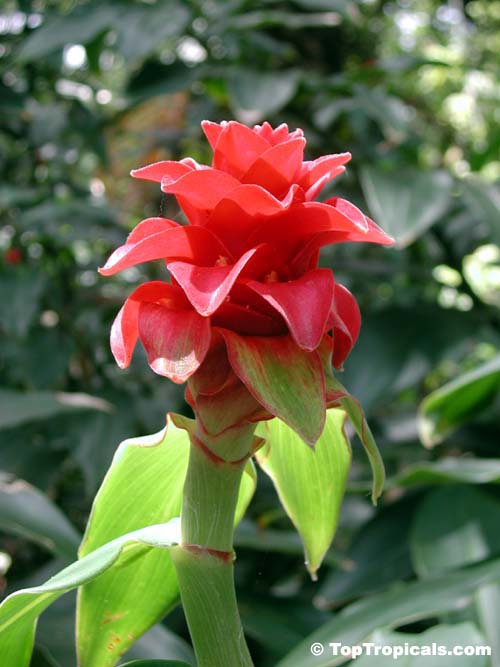
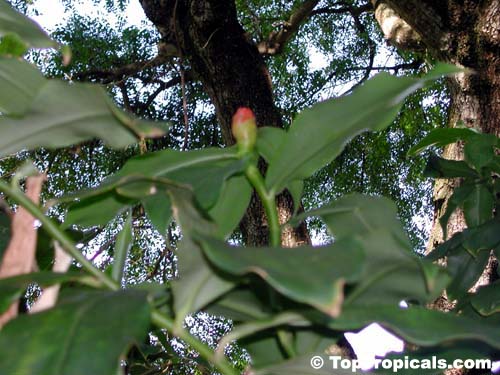
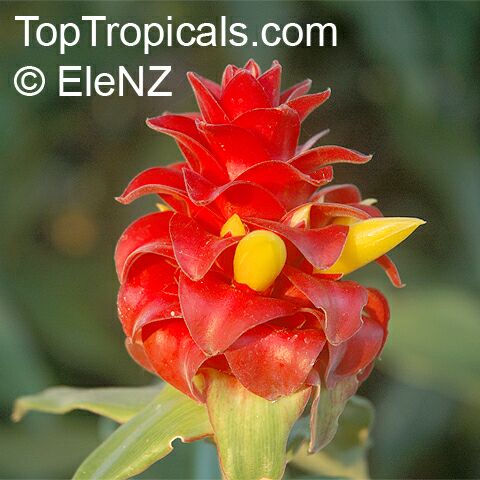
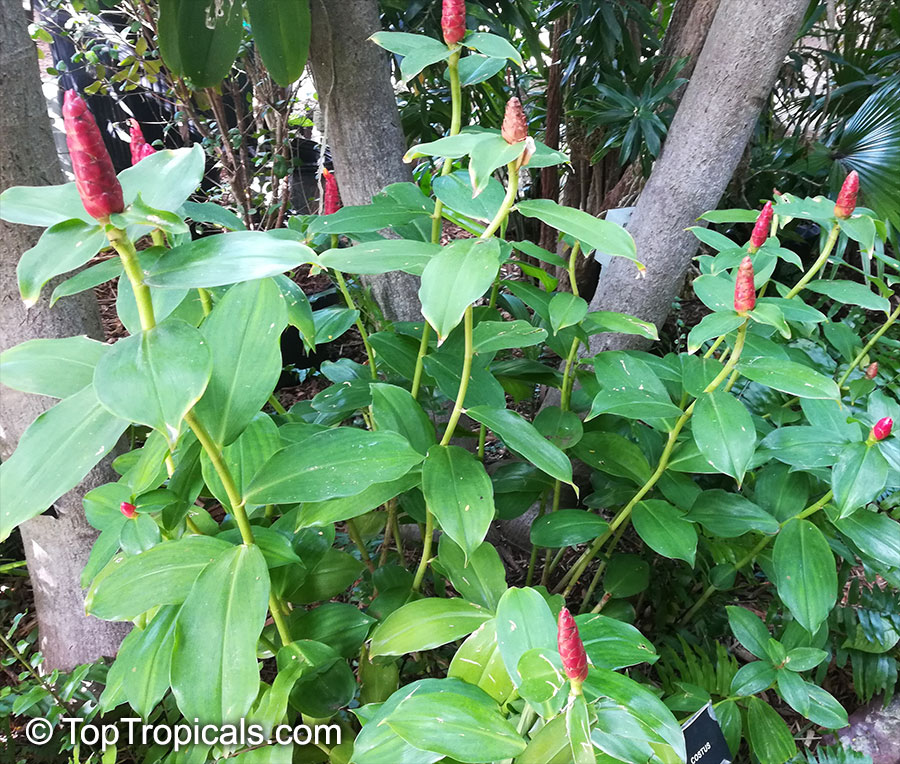
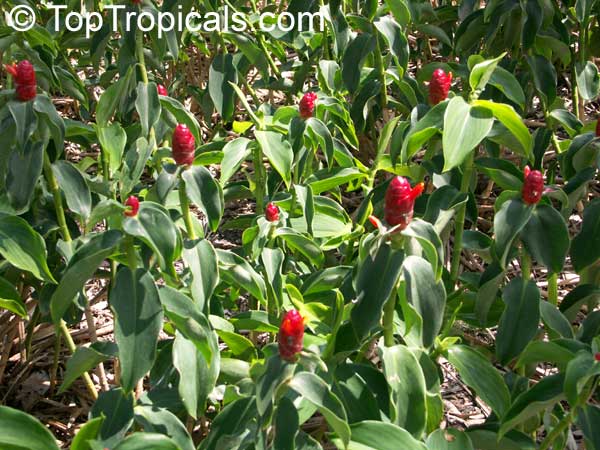
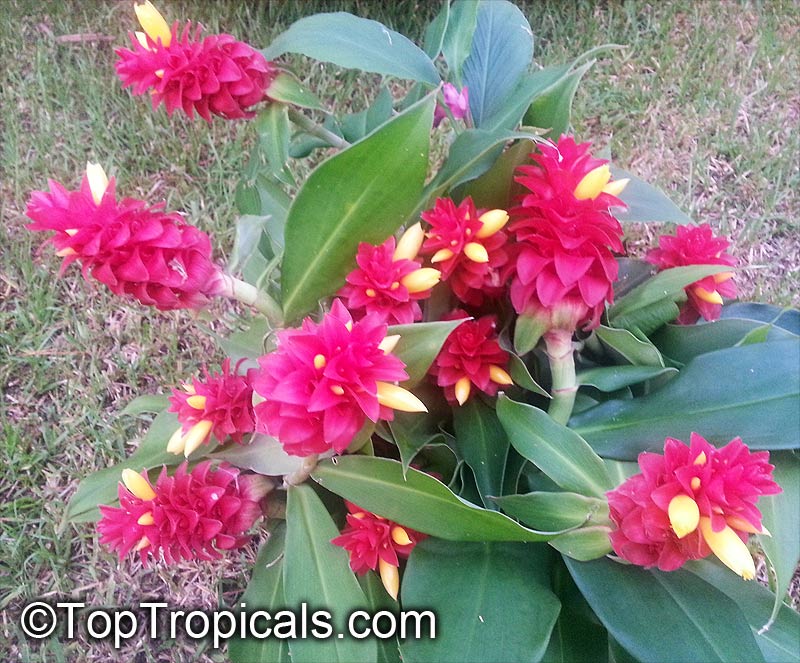
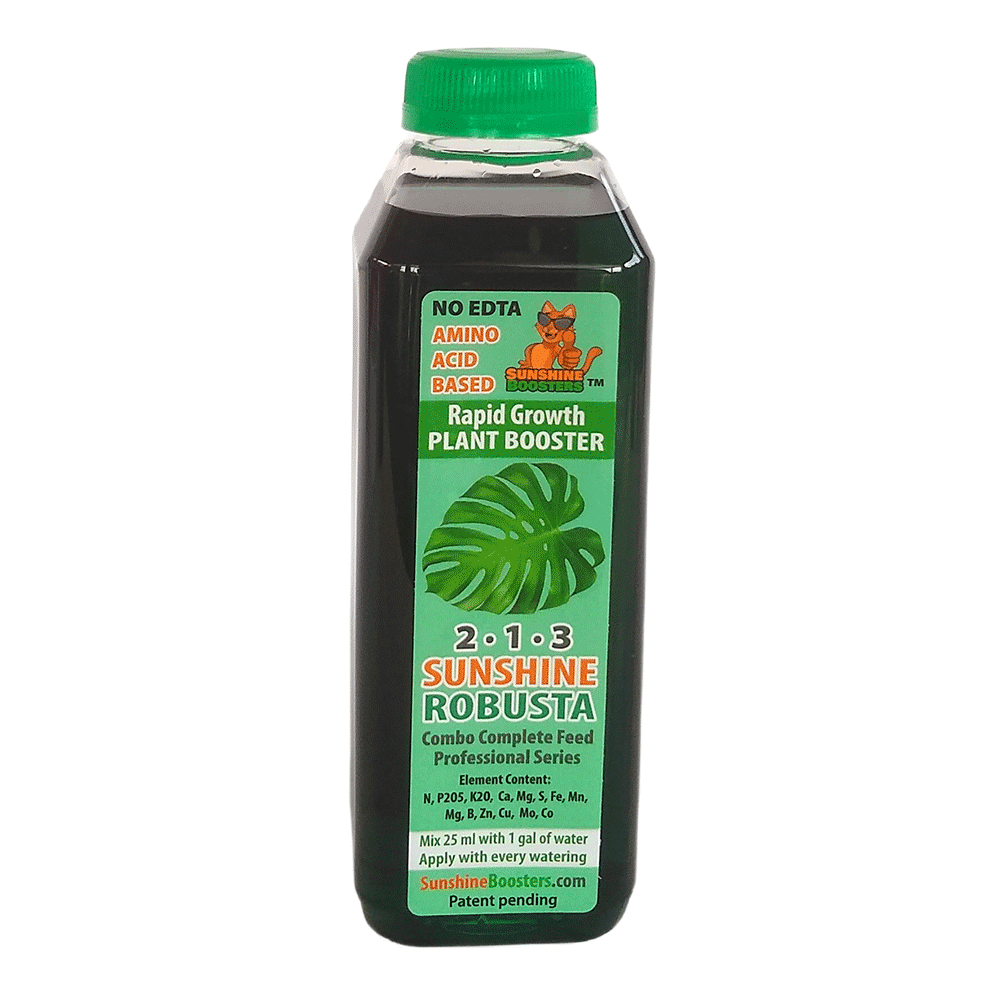 SUNSHINE Robusta (NPK 2-1-3) - Vegetative Vigor Booster for every watering. Formulated especially for vegetative stage of plant development. Can be used for a quick build-up of vegetative growth, for establishing and recovering damaged plants that lost many leaves. This is an eco-friendly nutrition booster that can be used for edibles and organic gardens. Can be used for daily feeding with every watering. Scientifically-balanced stable formula is organic Amino-acid based and has NO EDTA chelators to eliminate nutrients lockup; it does not affect crop taste. Organic Amino acids greatly enhance stability of all Sunshine boosters and provide excellent absorption of trace elements. Pollinating insects friendly.
SUNSHINE Robusta (NPK 2-1-3) - Vegetative Vigor Booster for every watering. Formulated especially for vegetative stage of plant development. Can be used for a quick build-up of vegetative growth, for establishing and recovering damaged plants that lost many leaves. This is an eco-friendly nutrition booster that can be used for edibles and organic gardens. Can be used for daily feeding with every watering. Scientifically-balanced stable formula is organic Amino-acid based and has NO EDTA chelators to eliminate nutrients lockup; it does not affect crop taste. Organic Amino acids greatly enhance stability of all Sunshine boosters and provide excellent absorption of trace elements. Pollinating insects friendly.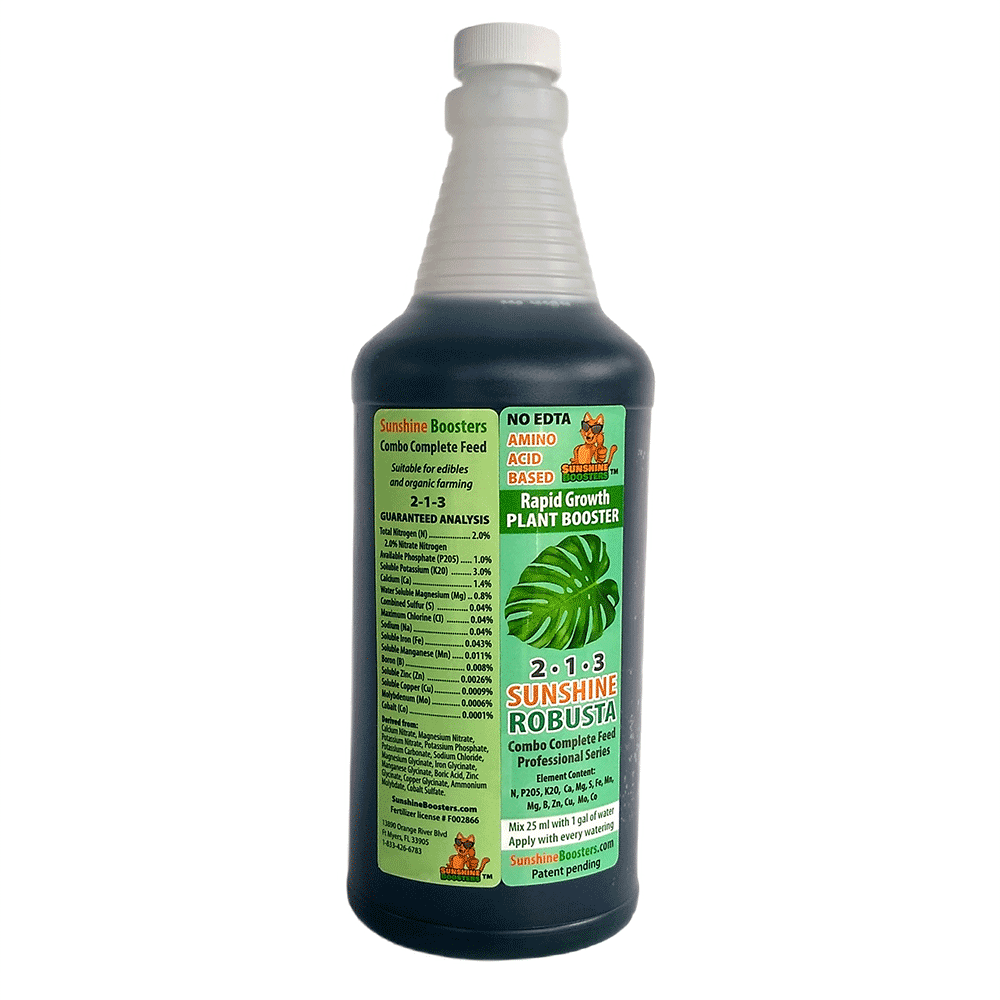 SUNSHINE Robusta (NPK 2-1-3) - Vegetative Vigor Booster for every watering. Formulated especially for vegetative stage of plant development. Can be used for a quick build-up of vegetative growth, for establishing and recovering damaged plants that lost many leaves. This is an eco-friendly nutrition booster that can be used for edibles and organic gardens. Can be used for daily feeding with every watering. Scientifically-balanced stable formula is organic Amino-acid based and has NO EDTA chelators to eliminate nutrients lockup; it does not affect crop taste. Organic Amino acids greatly enhance stability of all Sunshine boosters and provide excellent absorption of trace elements. Pollinating insects friendly.
SUNSHINE Robusta (NPK 2-1-3) - Vegetative Vigor Booster for every watering. Formulated especially for vegetative stage of plant development. Can be used for a quick build-up of vegetative growth, for establishing and recovering damaged plants that lost many leaves. This is an eco-friendly nutrition booster that can be used for edibles and organic gardens. Can be used for daily feeding with every watering. Scientifically-balanced stable formula is organic Amino-acid based and has NO EDTA chelators to eliminate nutrients lockup; it does not affect crop taste. Organic Amino acids greatly enhance stability of all Sunshine boosters and provide excellent absorption of trace elements. Pollinating insects friendly.